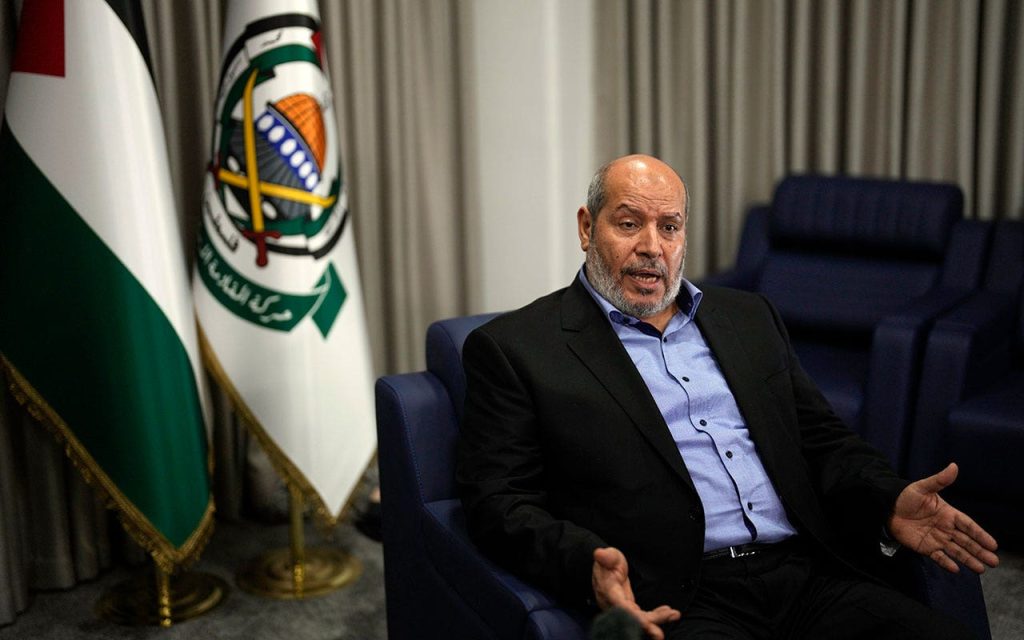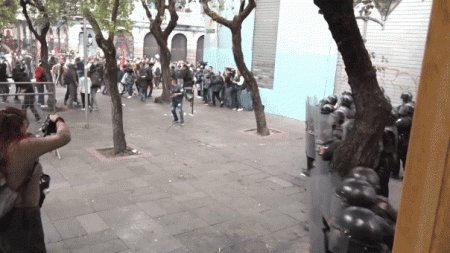In a significant development, Hamas has proposed a five-year truce with Israel, suggesting the disarmament of the group in exchange for the establishment of an independent Palestinian state along pre-1967 borders. This suggestion, made by top Hamas political official Khalil al-Hayya, comes amid stalled negotiations for a cease-fire in Gaza. Al-Hayya expressed Hamas’ willingness to dissolve its military wing and convert into a political party if a fully sovereign Palestinian state is recognized in Gaza and the West Bank. This proposal marks a potentially significant concession by Hamas, which historically remains committed to Israel’s destruction.
Hamas, which has also expressed interest in joining the Palestine Liberation Organization to form a unified government for Gaza and the West Bank, has previously moderated its stance on the possibility of a two-state solution. However, the group’s official political program still maintains its commitment to the “full liberation of Palestine.” It remains unclear whether Hamas’ acceptance of a two-state solution would signify an end to the conflict with Israel or merely an interim step towards the group’s ultimate goal of demolishing Israel. The response to Hamas’ proposal from Israel and the Palestinian Authority, currently administered by rival Fatah faction, remains awaited.
The war in Gaza, which has been ongoing for nearly seven months, has seen escalating tensions with Israel vowing to crush Hamas following deadly attacks that triggered the conflict. The war began in October with a Hamas-led attack that resulted in significant casualties, leading to a subsequent Israeli bombardment and ground offensive in Gaza. Despite pressure mounting on Hamas, particularly with Israel preparing for an offensive in the city of Rafah, which approximately 1 million Palestinians have fled to, Hamas asserts that Israel has not significantly diminished its capabilities and that a consensus is necessary to address the conflict.
Efforts towards a cease-fire and hostage exchange have faced setbacks, with Qatar contemplating a reassessment of its role as mediator. While a temporary cease-fire saw the release of numerous hostages, further negotiations for a lasting truce and additional releases remain at a standstill. Hamas’ leadership, previously based in Qatar, has shifted to Turkey recently, with the group asserting its commitment to Qatar’s continued involvement in mediation efforts. However, Israeli and U.S. officials accuse Hamas of lacking seriousness in reaching a deal, while Hamas maintains its stance on demanding a permanent cease-fire and full withdrawal of Israeli troops from Gaza.
Hamas, despite the destruction and devastation following the attacks in October, stands firm on its objectives and asserts that attempts to eradicate the group would not deter future Palestinian armed uprisings. Al-Hayya’s assertion that Hamas does not regret the attacks, despite the harm caused to Gaza and its people, underscores the group’s commitment to its cause. The ongoing conflict highlights the complexities and challenges of achieving peace in the region, with diverging perspectives on the path towards resolution. Amidst these uncertainties, the proposal for a truce with Israel and potential political transformation by Hamas represents a significant step that could impact the dynamics of the conflict in the region.













